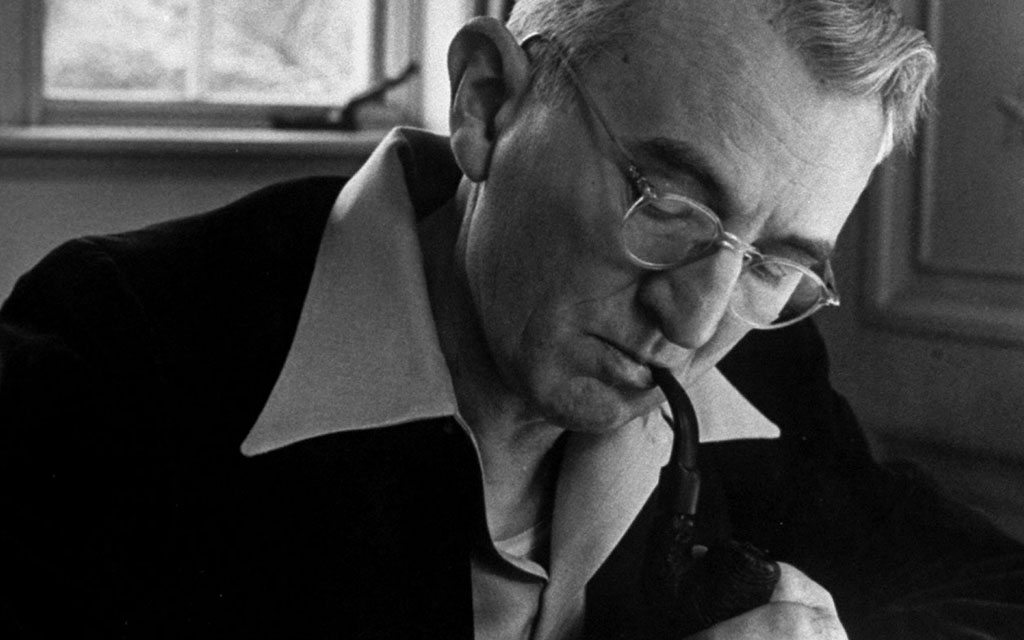Creative Presentations - Part 2.2

Filed Under Entertainment & F&B
In this second of two posts on creative presentations, we are going to take a closer look at the top ten ways to build more effective (creative) presentations – from the first slide to the last. Hope you enjoy it.
01. Draft, Iterate & Perfect
Your creative presentation is your opportunity to captivate your audience, and to show the strength of your knowledge and the focus of your vision. The first draft of your creative presentation will not be your best. Neither will your second. When you get to your third or fourth iteration of your creative presentation you will find that your flow and your narrative will start to shine. Often that’s a case of lesses more whatever you have montage into your presentation will probably need to be edited out by at least 50%. The flow of your narrative should take privacy over any consideration for inclusion of a slide or content within it.
02. Practice your delivery
Once you have drafted, edited and iterated your presentation and your flow is working mellifluously, now is the time to practice the delivery of your content, from slide to slide, end-to-end. the importance of your audience and the business will dictate how long you are going to practice your presentation for. If it is a very important presentation, the practice is equally important. If you are presenting for an hour, you will need to practice for four and if you’re presenting for half an hour, you’ll probably need to practice longer than four. Practice in front of the team people and have them critique your presentation.
03. Focus on your client for at least the first 50%
The client is the most important team in the room. Your presentation needs to explain what you understand about their current situation, and what the project issues are, and how your understanding will eventuate in a creative solution. you should explain what you understand about the business that Brand Strategy that market situation, and what their competitors are currently doing that challenges their position.
04. Use your prospective client’s name
Like me, you may be surprised at how many external creative presentations fail to use the client’s brand name. To paraphrase Dale Carnegie, ‘your brand name is the sweetest sound in any language’. It is so easy to do a find & replace through your presentation to ensure your current clients brand name litters the presentation. Is one simple change to your presentation will make your client feel as though they are the focus of your attention.
05. Envision an exciting outcome
Clients want to know you have a vision and to feel excited by the possibilities working with you and your team will unveil for them. The best way to achieve this is to talk about the Project Vision. Share the positive things you expect to be achieved and exciting impact stakeholders will experience. This vision needs to be summed up in a simple phrase. try and keep it under 10 words five is best.
Your (client's) name is the sweetest sound in any language
06. Show case studies that are relevant to them
Always show case studies, not relevant to the client. It will excite them about the possibilities. It will help them to understand your creative vision and it will warm them to your team by making them feel as though you see them at the same level and in the same light as these other Global benchmarks. the case studies are useful at setting the creative playground in which you are going to experiment with future expression is for their brand. it will help them to understand what you understand about their situation that Project and their potential.
07. Keep designer stuff to a minimum but make the deck engaging
Whilst the design team may want to show umpteen different versions of the brand solution, applied to all manner of different touch points and express the virtues of the latest sans serif variant of Grotesk typeface design, your client’s team is really not interested in your designer fluff. They want to know you know your stuff but they don’t need a tour de force of modern-minimal graphics design. Your creative presentation should feel creative and every slide should be visually exciting, but you should always assume the client’s love and dare we say “understanding”, of graphic design is a lot less sophisticated than your teams. Give the client enough sizzle to wet their palettes but don’t expect any client to chew through a 100 slide steak. Less is always more, especially Creative presentations.
08. Keep the stuff about ‘you’ to a minimum
If you have done the presentation well, by the time you get to the last slide, your client will be so excited to work with you and deliver the project you are envisioning, they will not have any time left to look at small fry details like your credentials and previous client experience. you should always offer to share such information, but if it is the case that they do not want to see it, you can take a bowel safe and the knowledge you have fully sold your client on your creative vision. Well done.
09. Sum up
Memories are short-lived and fade rapidly. While you will have trawled over your creative. presentation countless times and perfected every last kerning pair, your client has most probably forgotten half of it already, as they are busy thinking about the next looming deadline and collecting the kids from school. Your summary is your opportunity to ensure the key hooks of your creative ideas are well embedded deep in the mind of your client. Your summary should be short, to the point and covering only the essential top line elements you really want the client to take away from the meeting.
10. Thank your client for the opportunity
Quite often teams can be so nervous about presenting their ideas that when it gets to the end of the presentation, they completely forget the pleasantries. Thank you for an opportunity to present your creative work to your client is something which should never happen, but often does how you exit the presentation is as important as you enter the meeting. Take time to authentically thank them. It may not win you the project on its own but it could be the small but pivotal factor in a client’s review of your team and the chemistry component there in.
_
If you didn’t see Part 1.2, pop over here and check it out.

